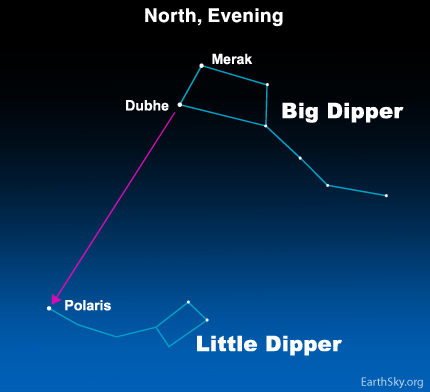The problems in this homework are all related to the discussions we had about the organization and scale of the solar system. Some of them will require you to go look at data about the different planets and compare them. In some cases there may be multiple reasonable answers. Much of the information you need for these problems can be found on the NASA planetary data website. Don't forget that I am interested in how you figure things out rather than what you 'know'. I hope that these problems will make you think and make you curious!
Inner and Outer Planets:
1: Identify what we usually describe as the inner and outer planets. What is one characteristic the inner planets have in common? What is one characteristic the outer planets have in common? These are sometimes referred to as rocky planets and Jovian planets. Which planets do these labels refer to?
2: List the planets (include Pluto if you want) in order of how many moons they have. What is the general relationship between the mass of the planet and the number of moons? Which planets seem out of step with this relationship?
3: What is the length of a day, time to rotate once, and a 'year' for the planet Mercury? To make a comparison you will need to convert all these numbers into similar units. In your own words describe what this says about how Mercury turns as it goes around the sun. Be sure your explanation makes clear how the day can be 3 times as long as the time it takes to rotate once.
4: The axis of Mars is tilted almost the same as earth's (24 degrees). Look up the rotation period and the length of a year. How long do you expect each season to last (in days) if you're living on Mars? Do you expect the summer to winter differences to be similar to earths or very different? Explain your reasoning.
5: Take a look at this data table of exoplanets around other stars. If you select a given column in the table it will put all the planets in order of that parameter. First explore the orbital periods of these planets. Roughly how many of these planets have a year which is between 300 and 400 days? Depending on how bright their 'sun' is these exoplanets might be similar to earth. Are you surprised how many there are?
6: Looking at the same data table of exoplanets notice that the estimates of the size of the exoplanet are listed in term of the mass of Jupiter (mJupiter). What is the ratio of the mass of earth to the mass of Jupiter (from the planetary data table given at the top of the homework)? You will have noticed that many of the exoplanets have no listed mass (because this is harder to figure out). Sort this colum and see how many exoplanets are thought to be similar to the size of the earth? Are you surprised by this number?
Scale of the Solar System:
7: Which is closer to Jupiter, earth or Saturn? What is the ratio of the distance to the earth and the distance to Saturn (dEarth/dSaturn)? Is this consistent with your previous answer? Which is closer to Earth, Venus or Mars? What is the ratio of the distance to Venus and the distance to Mars (dVenus/dMars)? Is this consistent with your previous answer?
8: The nearest stars to us are about 4.3 ly (light years) from us. 1 ly = 9.46 1015 m. How many meters is it to the nearest stars? Look up the radius of Neptune's orbit which is a rough measure of the size of the solar system. What is the ratio of the distance to nearby stars to the size of the solar system (remember that when we do ratios we use the same units top and bottom)? In our scale model of the solar system (green ball (10 cm) for earth) Neptune is about 32 km (20 miles) from the sun. How far away would the nearest stars be in this same scale? The moon is 380,000 km (240,000 miles) from the earth -- what does this tell you about the distance to the nearest stars?
9: Imagine that the image below is what you see on November 22nd (Thanksgiving this year). Use your nocturnal to determine the local solar time shown. This is my little follow up to see if you remember how to use your nocturnal.

